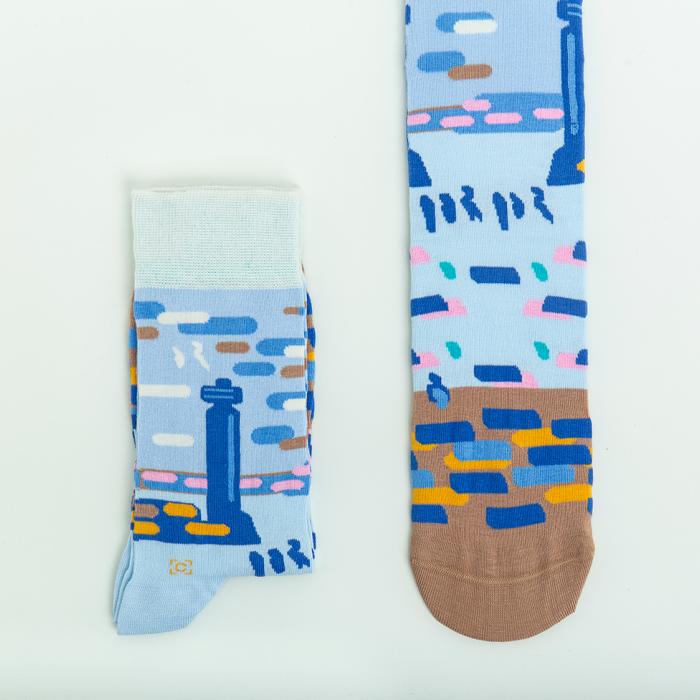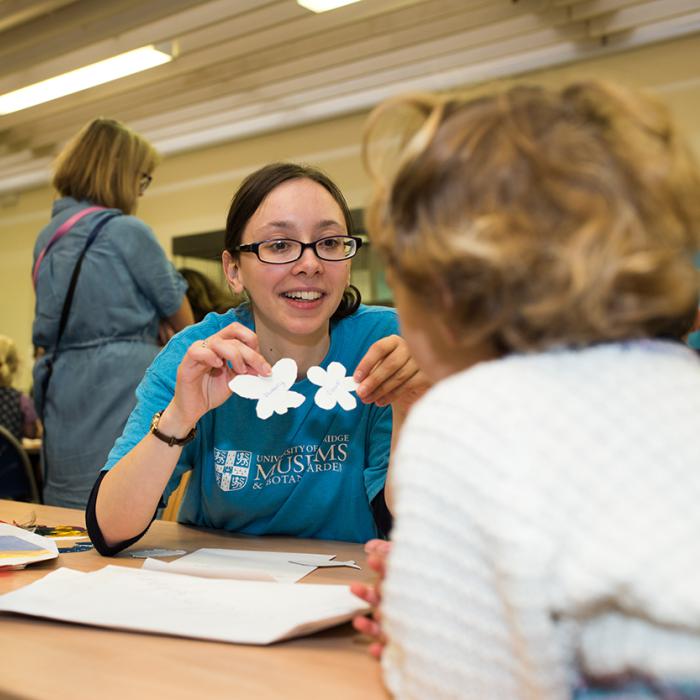Make your own rat-shaped shadow puppet then use it to try some shadow experiments.
Find out how the multi-coloured northern lights are created then have a go at creating your own.
We would love to support your visit to the Botanic Garden, please contact us to discuss a bespoke workshop to suit your needs. We can support subjects across the curriculum, including Science, English and Art. We look forward to hearing from you!
If the workshops listed do not meet your needs we would still love to support your visit to the Botanic Garden, please contact us to discuss a bespoke workshop to suit your needs. We can support subjects across the curriculum, including Science, English and Art. We look forward to hearing from you!
About the Session
This set of activities uses objects from the Whipple Museum to explore:
How people throughout history have created methods and machines to make calculations easier
How we use measurements of different kinds to make sense of ourselves and the world
The history of maths and mathematical thinking
Duration: Can be booked as:
The Padlet is free and has a range of downloadable photos and activities that can be used with or without the Mary Anning loan box. Including a song, an activity led by artist Kaitlin Ferguson, drawing sheets, a biography of Mary and her contemporaries, and images of the fossils in the loan box.
Explore the Padlet
Find out more about our free loan boxes
Choose from fossils, rocks and dinosaurs.
The Sedgwick Mseum's loans boxes have been curated to support teaching of the rock cycle, fossils and dinosaurs. Each box has a range of objects representing geological time, rock types or species and each box is accompanied by some basic fact sheets. However they are not just for science lessons, use them for sorting, describing and creative writing.
Which do you think is the fastest, or the slowest of three main types of earthquake waves – surface, P waves and S waves? Have a race to find out.
In this activity you will see the difference in compressional P waves, transverse S waves and circular surface waves that are produced by earthquakes. You will need a big group of at least 15 people split into three groups.
If the workshops listed do not meet your needs we would still love to support your visit to the Botanic Garden, please contact us to discuss a bespoke workshop to suit your needs. We can support subjects across the curriculum, including Science, English and Art. We look forward to hearing from you!
Visit our workshops page to see what is available for your class.
Led by expert staff, our workshops for KS2 allow your class to experience the beautiful Botanic Garden and ignite their interest in plants and science. All workshops are hands-on and involve exploring the Garden and getting up close with some of our 8000 species of plants.

